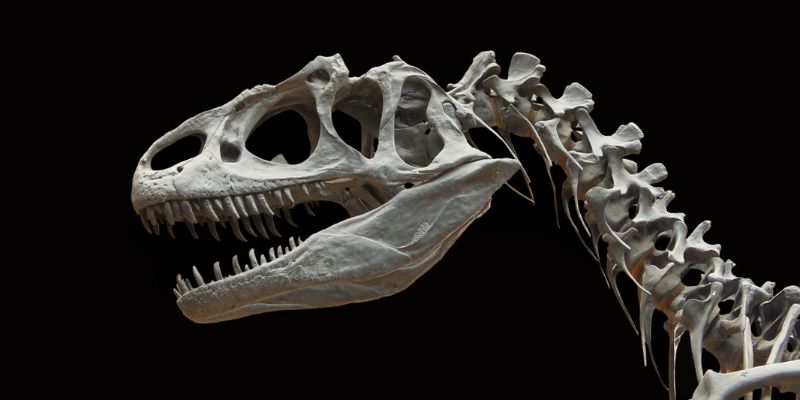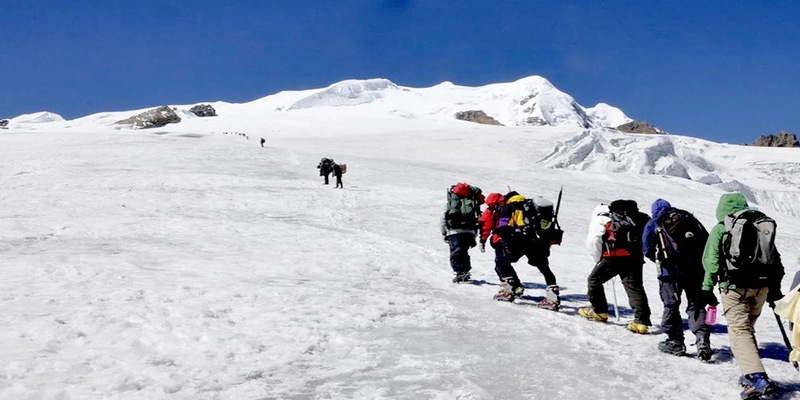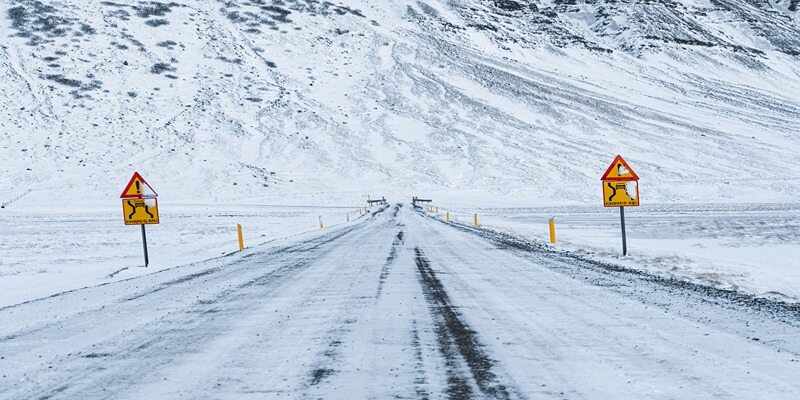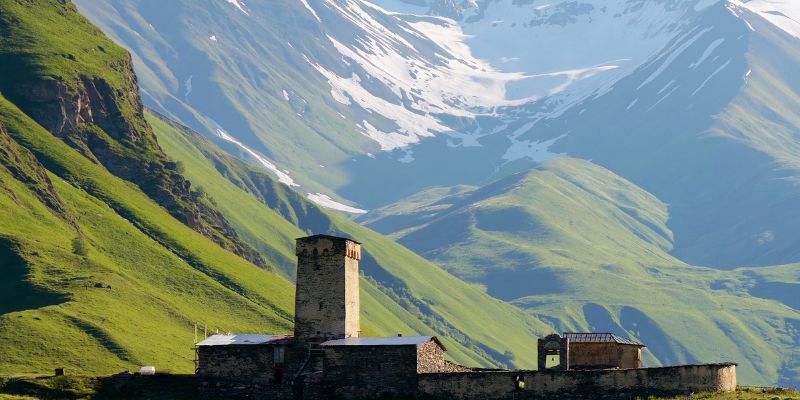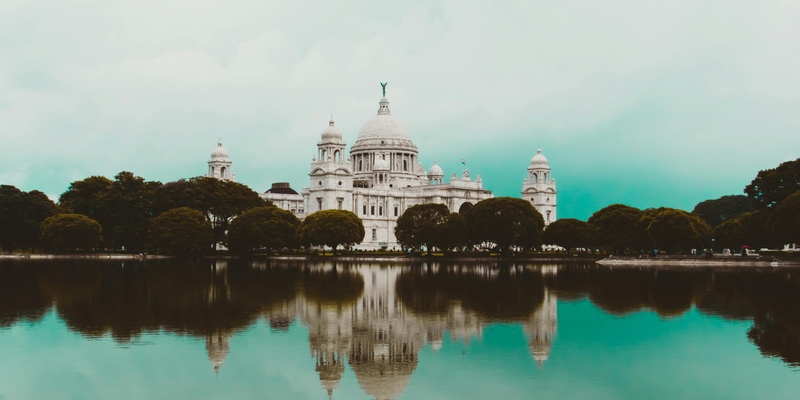Know About Natural History Museum, Vienna: How To Reach, Best Time and Tips
Nov 12, 2023 By Juliana Daniel
The Natural History Museum, Vienna, which you may also know as the Naturhistorisches Museum Wien, is one of the largest natural history museums you find in the world.
The museum owns more than 30 million objects. You can find an extensive collection of animals, dinosaurs, meteorites, and much more there. From all of these, the display of different insects around the globe grabs the attraction of visitors!
So, if you are curious to explore more about natural history, visiting this museum is a must. But, how to get there, which is the best time to visit, are a few things you need to find in advance. Today, we will tell you everything you must know before getting there!

Know About Natural History Museum, Vienna
Constructed in the late 1800s, the Natural History Museum in Vienna is located in a stunning old edifice. Now, let's know a little more about the Natural History Museum, Vienna:
- In the Natural History Museum in Vienna, you can find the Venus of Willendorf, the first known representation of a human figure in art.
- In the museum's archives, elements, fossils, reptiles, and many other objects can be explored.
- The museum's dinosaur area, with its magnificent show of dinosaur skeletons, is one of its greatest tourist attractions. Well, not only the kids but adults also show keen interest in that section.
- Over 650 kilograms of meteorites can also be found in the museum.

How To Reach Natural History Museum, Vienna?
The museum is located in the city center and is easily accessible by public transportation. There are different ways to reach the museum, which include:
- Subway: You can walk from the Volkstheater station, connected by the U2 and U3 lines.
- Bus: Bus 48A also goes to Volkdtheater.
- Tram: You can take trams 1, 2, D, or 71 to the museum.
Best Time To Visit Natural History Museum, Vienna
You can visit the museum anytime as it remains open throughout the year. Consider visiting early in the morning, at 10 am, or later in the day, after 3 pm, if you wish to escape the big masses.
Remembering that the museum is even busier on weekends than usual is vital. To get peace, try to visit during the weekdays.
Entry Ticket And Opening Timings
There are different ticket options for visitors depending on budget. These are:
- Regular tickets: This ticket costs €12 for adults, €10 for students, and €5 for kids aged 6-18 to visit the museum.
- Combination tickets: An adult combined ticket costs €20, a student ticket costs €16, and a child ticket costs €8 for both the Natural History Museum and the neighboring Kunsthistorisches Museum.
- Family ticket: You can also purchase a family ticket for €26, which includes two adults and three children.
The museum's timings are:
Day | Timings |
Monday | 9.00-18.00 |
Tuesday | Closed |
Wednesday | 9.00-20.00 |
Thursday | 9.00-18.00 |
Friday | 9.00-18.00 |
Saturday | 9.00-18.00 |
Sunday | 9.00-18.00 |
What Is Inside The Natural History Museum: Collections And Exhibitions
The Vienna Natural History Museum is organized into multiple divisions, each dedicated to a distinct field of natural history. These include:-
The Hall Of Minerals
A 2.5-ton Brazilian topaz crystal is among the stunning array of rocks and jewels on display in this exhibit that originates worldwide.
The Dinosaur Hall
It has an amazing collection of dinosaur skeletons, which includes a T-Rex and a Stegosaurus.
The Hall Of Geology
You can learn about the Earth's history by visiting The Hall of Geology. It explains how the continents formed and how life on Earth originated.
The Human Evolution
From our forefathers to today's humans, the tale of human evolution is displayed in this section. A visit to The Human Evolution is a must if you want to know the human evolution better!
Best Things in the Museum of Natural History Vienna
The Natural World Vienna is organized into several unique halls with many interesting displays. The Environment, Geology, and Fossils sections have become one of Vienna's top family attractions.
The things you can do at the museum include:
- The best thing is the wonderful chance to see a section of the Naturhistorisches Museum devoted to showcasing an assortment of preserved animals.
- Wandering throughout the Naturhistorisches Museum, where you can take pictures of everything you like, is one of Vienna's best things.
- Another attraction is the botany section, where you will discover various plants. In addition, there is a lovely botany garden where you may wander peacefully.
- The museum's insect section is another thing to explore because of the variety of fascinating insect species.
- The most important thing is the visit to space section, which provides more information about the universe.
Tips For The Visitors
Here are some tips for tourists:-
- Try to go either early in the morning or late in the afternoon to avoid crowds.
- It is the largest museum in the town. So, it will take a while to explore the entire place. Whenever you plan a trip to the museum, take maximum time to visit everything peacefully.
- There are numerous cafés and eating places within the museum where you can have a snack or coffee. But be ready to wait for a table at peak hours as these may also get fairly crowded.
Things To Know
The Natural History Museum is a pretty spectacular structure worth exploring. The marble and stone carvings, the walls, the pillars, and the floors are all beautifully executed. Before you visit this place, there are some things to know.
- Wheelchairs have full access to the museum.
- There are a lot of areas to explore in the museum, so bring comfortable shoes.
- On-site dining options and a gift store are available. So, you must have enough time to enjoy different cuisines and shop.
Conclusion:
Not only in Vienna, but it is the largest museum in Austria. The Natural History Museum, Vienna, is among the world's top ten natural history museums. It was founded centuries back and owns a vast collection of dinosaurs, insects, animals, and meteoroid skeletons. The museum is easy to reach, and the best time to visit is in the morning or late afternoon.
